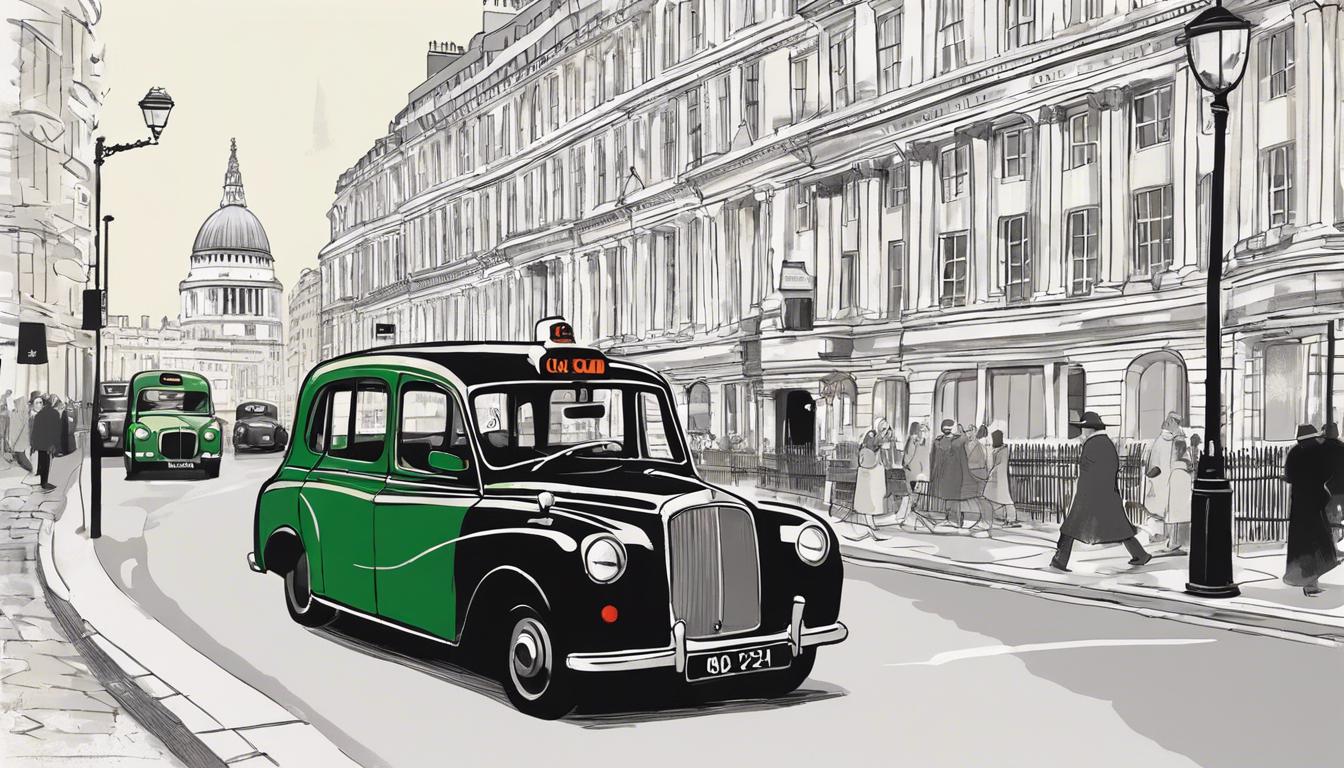The historic green cab shelters, a staple of London’s transportation infrastructure since the horse-drawn carriage days, have been granted Grade II-listed status by Historic England, ensuring their preservation for years to come.
The iconic green cab shelters of London, serving as rest and refueling spots for taxi drivers since the horse-drawn carriage era, have been recognised for their historical and architectural importance. The latest shelter to gain recognition is located in St John’s Wood and is one of the 13 remaining from the original 60 built between 1875 and 1950. These shelters, proposed by Capt George Armstrong to offer cabbies refuge during storms, have now all been granted Grade II-listed status by Historic England. This designation acknowledges their significance in London’s transportation history and heritage.
Originally constructed by the Cabmen’s Shelter Fund during a period stretching from 1875 to 1914, these shelters provided warmth and sustenance to cabbies who were not permitted to leave their horse-drawn carriages unattended. Restored in the 1980s and 1990s, these shelters still serve black-cab drivers today, emphasizing their enduring utility and appeal. The shelters are not only remnants of Victorian ingenuity but have also become cherished landmarks in London’s bustling cityscape.
The recognition of the shelters, particularly the one in St John’s Wood, comes ahead of the 150th anniversary of the Cabmen’s Shelter Fund. The Grade II listing safeguards these structures from demolition or significant alterations without special permission, ensuring that they remain an integral part of London’s architectural and cultural heritage. Celebrated as “distinctive relics of the horse-drawn age in the capital” by Luke Jacob of Historic England, these shelters stand as a testament to London’s rich historical narrative and its commitment to preserving landmarks of significance for future generations.













